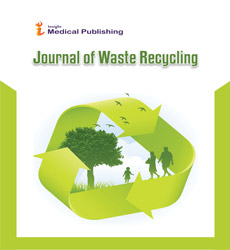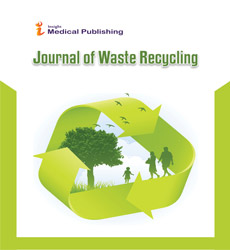Urban wind energy production potential: New opportunities
Abstract
Small-scale wind energy provides new opportunities for decentralized electricity production while avoiding grid-dependence and transmission losses. This paper presents a framework for a preliminary potential analysis for urban wind energy production. Case studies are provided for two European cities and one US-American city. The analysis is easily extendable to almost any region, since both the building data and wind grid data that are used are publicly available for many regions on earth. Weibull distributions are fitted to location specific wind grid data, which allows the grouping of buildings depending on their of wind conditions within a region. Our approach enables scientists and policy makers to estimate the potential for wind energy production in specific regions, to identify the most favorable locations within them and to compare the wind energy production potential of different regions or cities. The analyzed cities in this paper show considerable urban wind energy farming potential. The results show the highest wind energy production potential for Hamburg, even though there are considerably more high-rise buildings and better wind conditions in Boston. This is foremostly caused by the technical performance of the chosen exemplary turbine under high wind speeds, which shows the importance of choosing turbines that best suit the specific location. The generated electricity of the wind turbines in the European cities covers a much larger part of the residential electricity consumption, as compared to the US-American city, which is caused by the substantially higher average electricity consumption per person in the USA than in Europe.

Open Access Journals
- Aquaculture & Veterinary Science
- Chemistry & Chemical Sciences
- Clinical Sciences
- Engineering
- General Science
- Genetics & Molecular Biology
- Health Care & Nursing
- Immunology & Microbiology
- Materials Science
- Mathematics & Physics
- Medical Sciences
- Neurology & Psychiatry
- Oncology & Cancer Science
- Pharmaceutical Sciences
